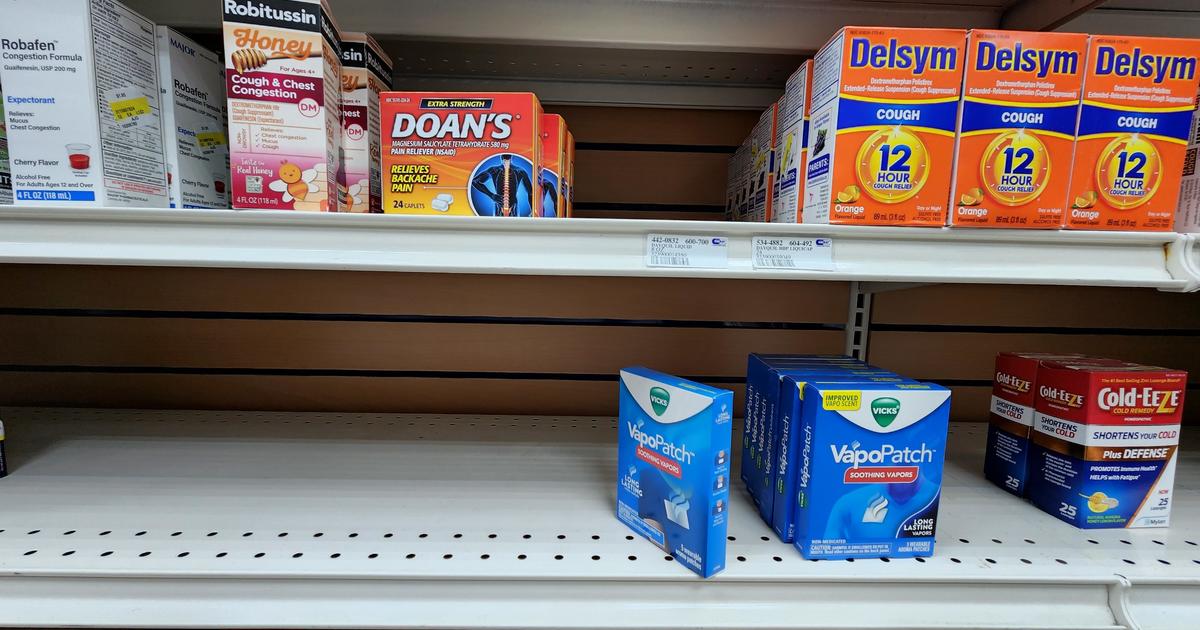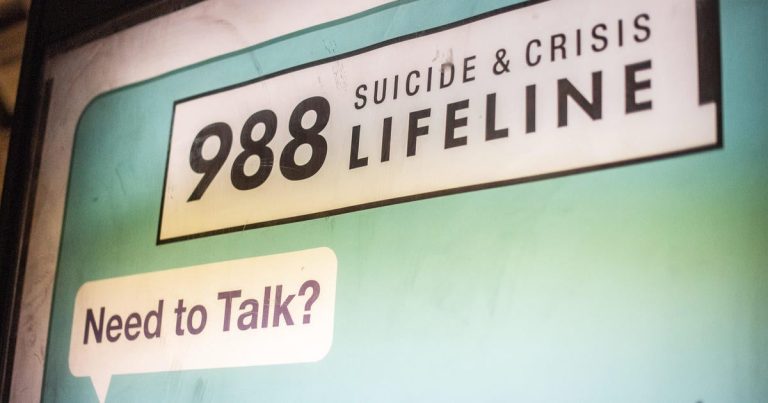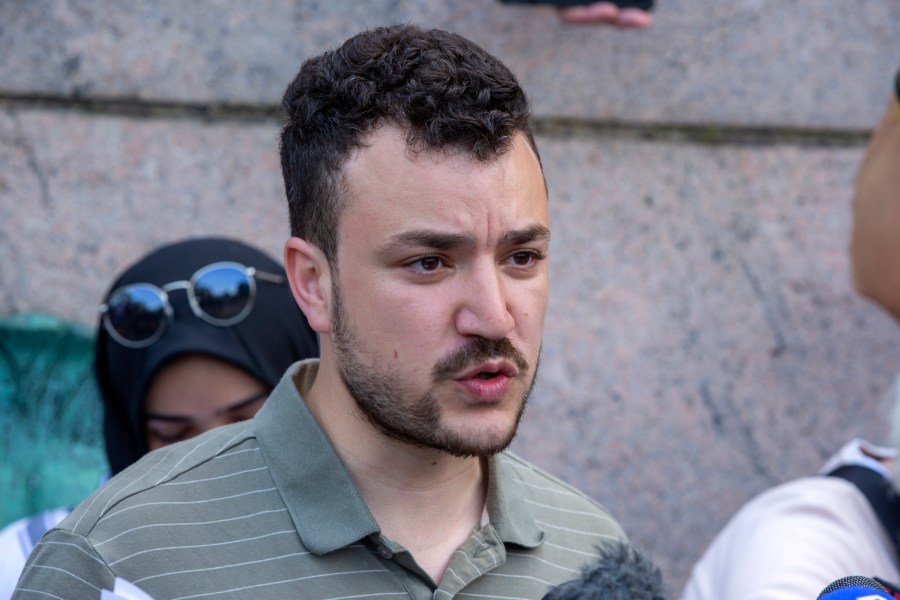
Nearly 300 medications are in short supply in the U.S., including chemotherapy drugs used to treat some types of cancer.
A number of factors have contributed to the shortages, which have increased by nearly 30% between 2021 and 2022, according to a recent congressional report. Those include include manufacturing snags and other supply-chain disruptions, strong consumer demand, and in some cases overprescription by doctors.
The most severe supply problems are for generic drugs, which accounts for 90% of the market, rather than brand-name products. And a wide variety of drugs are affected, from children’s Tylenol to contrast dye required for medical scans.
“One factory went down during COVID that was based in China and that overnight cut the supply of this particular product in half, essentially meaning that half of the hospitals in the country, including veterans hospitals, did not have access to the necessary material to perform basic radiologic tests,” Dr. Andrew Shuman, a cancer surgeon and associate professor at University of Michigan Medical School, said of the dye shortage.
One way to address the issue would be to “incentivize companies to produce drugs that may not necessarily be as profitable” and to allow the Food and Drug Administration to investigate the nature of the shortages, Shuman, who in March testified at a Senate hearing on the drug shortage, told CBS News.
Responding to supply and demand imbalances by adjusting drugs’ cost isn’t feasible because the main purchasers of medications are hospitals that buy drugs in bulk under multiyear contracts, as opposed to individuals buying them off the shelves, he said.
“As a result of that, one of the major ways that we can move forward is to incentivize high-quality product and for hospitals to be able to know whether they’re buying a product that is not only in better supply but also a better quality drug made in a facility, perhaps on American soil even, that can be vouched for better,” Shuman said.
The stakes are high given that the shortages extend to potentially life-saving drugs used during in life-saving cancer treatments. Meanwhile, although suitable alternatives to drugs in short supply could already be on the market, they aren’t necessarily approved as substitutes for more common treatments.
“I described this in my testimony at the Senate as a tragedy happening in slow motion,” Shuman said. “Patients simply deserve better.”






